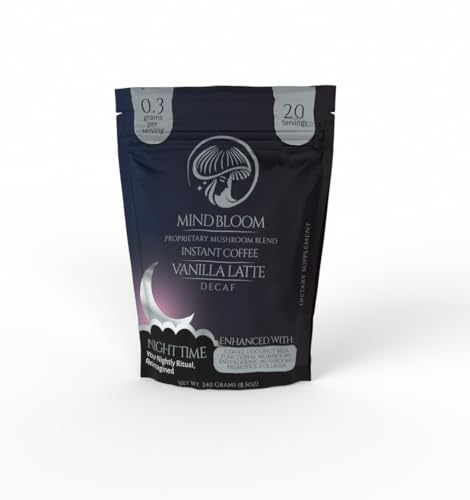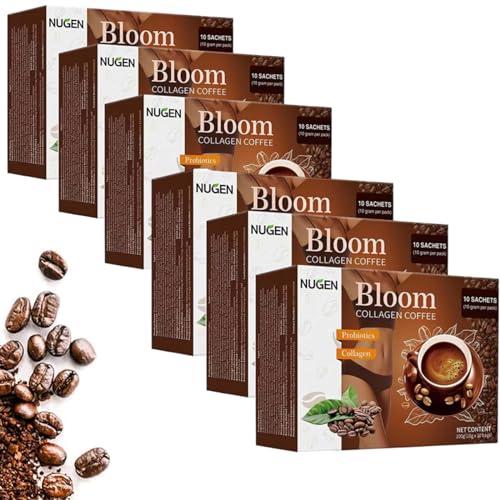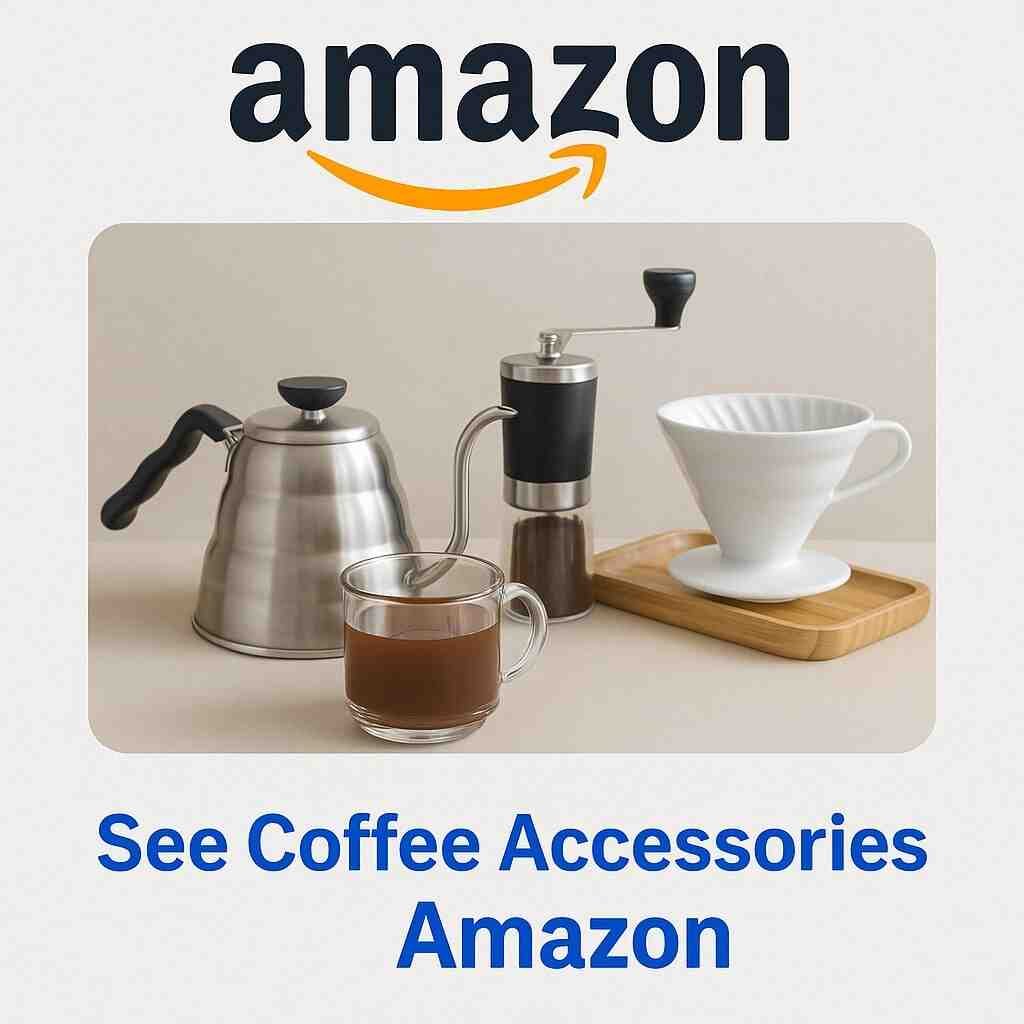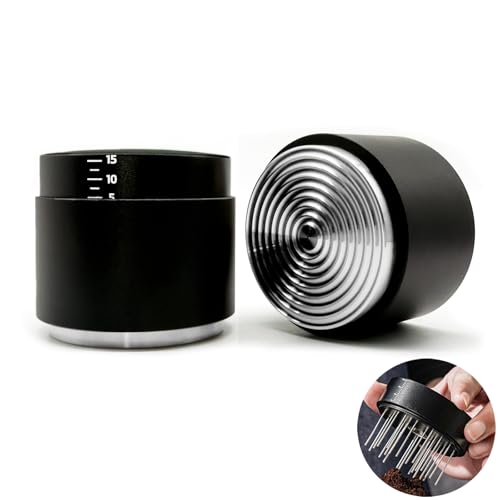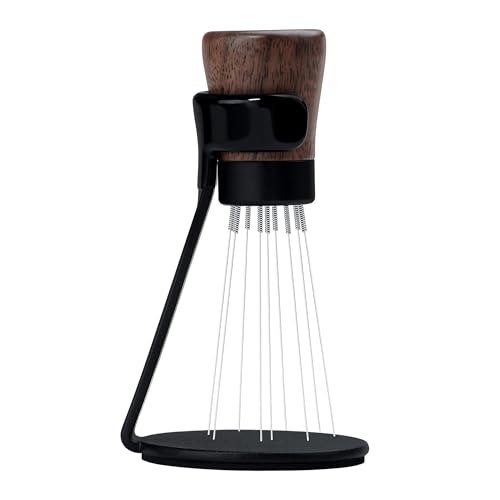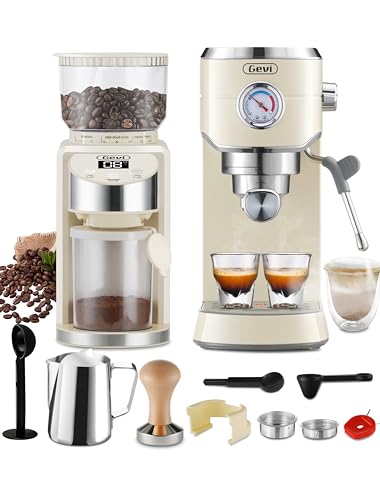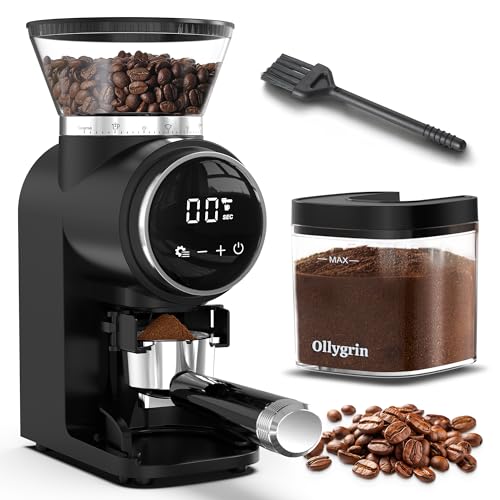DIY Coffee Bloom Experiment: Test Freshness at Home
Have you ever wondered how fresh your coffee beans really are? One of the easiest ways to test it at home doesn’t require any lab equipment just hot water, ground coffee, and your eyes. That’s where the coffee bloom comes in.
This article walks you through a simple, step-by-step experiment to evaluate bean freshness and bloom strength perfect for curious home baristas.
Why Coffee Bloom Indicates Freshness
When hot water first touches freshly ground beans, carbon dioxide (CO₂) trapped during roasting is released rapidly. The resulting bubbles and swelling form the “bloom.” The more active the bloom, the fresher the coffee.
Stale coffee? You’ll barely see any bloom at all.
Your Home Coffee Bloom Test
What You’ll Need:
- Two types of coffee beans (one freshly roasted, one older)
- Grinder
- Scale
- Hot water (about 200°F / 93°C)
- Two clear glasses or cups
Instructions:
- Grind Your Beans: Use the same grind size for both samples (medium-coarse is ideal).
- Measure Grounds: Use 10 grams of coffee per cup.
- Pour Hot Water: Add 20g of hot water over each sample at the same time.
- Observe for 30–45 Seconds: Watch for bubbling, puffing, and movement.
What to Look For
| Observation | What It Means |
|---|---|
| Strong bubbling & swell | Freshly roasted coffee |
| Mild bloom, fewer bubbles | Coffee is a bit older |
| No movement at all | Likely stale or improperly stored |
Tip: Smell both samples—fresh coffee will often release a much stronger aroma during bloom.
Bonus: Record & Compare
Create a mini tasting journal:
- Rate the bloom activity (1–5 scale)
- Note the roast date
- Record aroma and color differences
You can even repeat the test with different roasts (light, medium, dark) to see how bloom strength varies.
Final Thoughts
Understanding and testing coffee bloom helps you become a more confident, informed home barista. This fun little experiment doesn’t just teach you about freshness—it also trains your eyes, nose, and intuition for better brews in the future.
So grab a couple of beans from your pantry and run your own coffee lab. Your next cup might just be your best yet.


